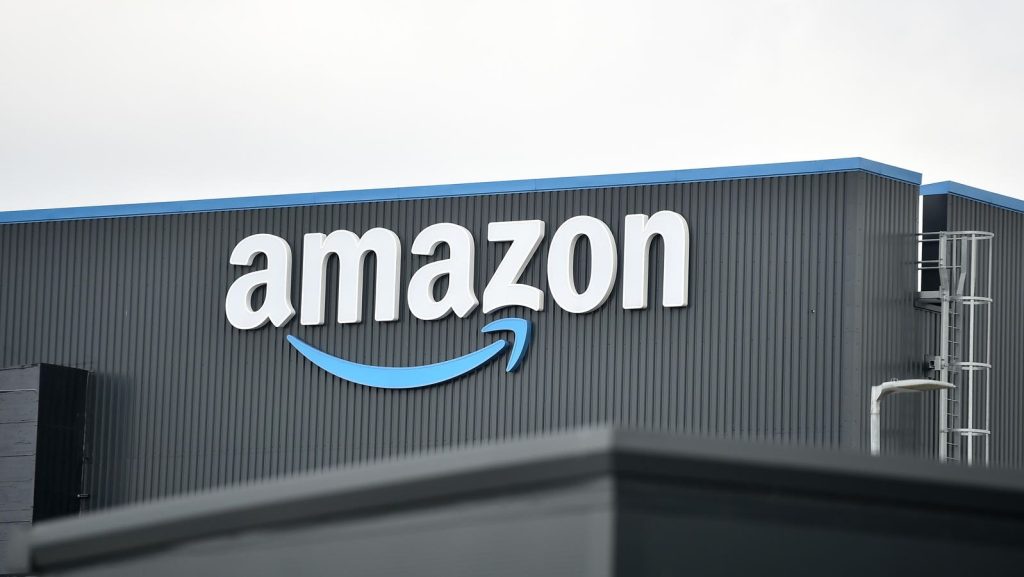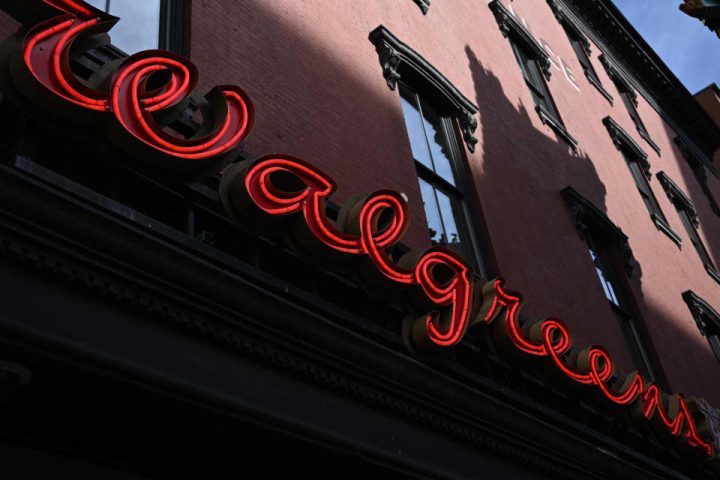When markets fall, it often triggers emotional and financial distress among investors. This discomfort arises not only from the direct diminution of wealth but also from the psychological pain associated with watching one’s hard-earned investments decline in value. The ability to see over these hurdles and identify which companies are being sold off because they are just bad, as opposed to the ones that are being sold off because of the noise, is a great skill to have. With investing, what is comfortable is rarely profitable. The time of maximum pessimism is the best time to buy. Stock markets are displaying a lot of fear now and true value isn’t always where the crowd gathers; often, it’s hidden in the corners most overlooked.
Places To Dig For Value
Genuine investment opportunities and stock values are not always found in popular or widely discussed stocks. Instead, they might be hidden in lesser-known or less popular sectors, companies, or industries. Whereas many investors follow the crowd, hoping to capitalize on trending stocks, the savvy investors I know often search in overlooked areas to find undervalued opportunities. I am a contrarian at heart, and I tend not to be mainstream at all. In fact, when I used to find myself investing in the mainstream, I’d often lose money. So, for over 17 years now, my company, The Edge has been looking for interesting places to find value. One of those areas is the spinoff space. A spinoff stock refers to shares in a new independent company that is created when an existing parent company decides to separate a part of its business. The decision for a spinoff might arise from various strategic reasons, such as focusing on the core business, unlocking the value of the subsidiary, or regulatory pressure.
Spinoffs
I speak a lot about hidden values in spinoffs, but this is a great place to hunt for value that a few key investors investigate. Spinoffs are sometimes called ‘orphan securities.’ The definition pertains to a stock or other financial instrument that industry analysts do not routinely monitor or cover. As a result, these securities typically receive less attention and may be undervalued compared to more well-known or popular stocks. The lack of coverage can be due to various reasons, such as the company being too small, operating in an unpopular sector, or being new to the market. Spinoffs fit into that category. They are given to existing shareholders, whether they like them or not and thus are generally sold, which can make them cheap. The more important point to highlight is that these misunderstood, under-covered fractional shares that investors find themselves holding because they hold the parent company mean they are the first things to be sold in a falling market, which could make them some of the best value names around as the selling can usually be indiscriminate. Here are three names that you should take a closer look at.
WK Kellogg Co (KLG)
Kellogg began in 1876, when Dr. John Harvey Kellogg became Battle Creek Sanitarium’s superintendent in Michigan. Seventh-day Adventist Dr. Kellogg advocated a healthy diet and lifestyle. He invented cracked wheat cereal in 1894 after experimenting with different diets to heal his patients.
After discovering that the corn flakes were tasty and healthy, W.K. Kellogg began marketing them. Kellogg Toasted Corn Flake Company was formed in 1906. Kellogg’s Corn Flakes became a global hit, and the business added other cereals, snacks, and breakfast dishes.
Today, before the recent spinoff, global food manufacturer Kellogg’s earned approximately $14 billion annually. Product sales exceed 180 countries. Famous Kellogg’s brands include Corn Flakes, Frosted Flakes, Froot Loops, and Special K. In the morning food market, Kellogg’s has led innovation. The company pioneered ready-to-eat, enriched, and milk cereals. Recently, Kellogg’s has introduced cereal bars, granola snacks, and frozen breakfast dishes.
Kellogg spun off its North American cereal business to focus on snacking, which is growing faster. The cereal industry faces diminishing revenues, increased prices, and expanding competition. However, Kellogg believes that the snacking market, which is developing rapidly, could drive future development.
Kellogg’s numerous snack offerings appeal to many consumers. Pringles, the company’s flagship snack, leads the potato chip industry worldwide. Its cheesy flavor and crunchy texture make Cheez-It another popular snack brand. Popular breakfast pastry Pop-Tarts come in many flavors. Women like Special K Snack Bars for their convenience and nutrition. Health-conscious shoppers like RXBAR, a real-food protein bar. The cereal bar Nutri-Grain is high in fiber and protein. Eggo waffles are a popular breakfast and snack item. Fruit Winders are a chewy fruit snack that kids and adults love. Marshmallow-Rice Krispies Treats are a popular sweet item. MorningstarFarms makes popular plant-based protein products for vegetarians and vegans. Health-conscious shoppers like Bear Naked Granola, produced with real food. Famous Amos cookies are soft and chewy. Keebler cookies and crackers are family favorites. Sports fans like Murray’s popcorn and snack combinations. Gardenburger burgers are popular with vegetarians and vegans. Health-conscious consumers like Plantation nuts and seeds.
Following its spinoff, KLG is strategically committed to stabilizing revenue and increasing profit margins. KLG is actively exploring growth avenues, including licensing, mergers and acquisitions (M&A), and joint ventures. In the North American cereal industry, growth has been modest, driven primarily by pricing strategies rather than volume expansion. Kellogg’s market share has faced stiff challenges from strong competitors such as General Mills
GIS
PEP
Outlook
There are several reasons the outlook for Kellogg’s snacking business is positive.
- Snack demand: The global snack market will expand from $470 billion in 2023 to $560 billion in 2028. Consumer lifestyle changes, urbanization, and rising disposable incomes are the driving forces behind this increase.
- Kellogg’s iconic brands include Pringles, Cheez-It, and Pop-Tarts. Global consumers trust these brands.
- Kellogg leads snack food innovation. To suit consumer demands, the corporation develops new goods and tastes.
- Kellogg sells snacks in 180 countries. Thus, the corporation has a huge advantage over competitors.
KLG currently lags its peers with a 7.0% EBITDA margin compared to the industry average of 17.9%, representing a substantial 10.9% difference. Post-Spin, KLG’s management has outlined a $450 million to $500 million capital expenditure plan to boost margins by 500 basis points without relying on sales growth. As a result, KLG’s net leverage ratio is expected to rise from 1.5x post-spin to around 3.5x to 4.0x by the end of 2024 as incremental capex initiatives are implemented.
Sphere Entertainment Co. (SPHR)
Madison Square Garden
MSG
The Future
- The LED screen and music equipment in The Sphere will be utilized to produce virtual reality concerts that take audience members to other planets. Concertgoers, for instance, may be taken to the cabin of a spaceship or the peak of a mountain.
- The venue in the future might play host to competitions like basketball games and ice hockey matches. Fans could be immersed in the action thanks to the LED screen, which could provide highlights and statistics, and the high-quality sound system.
- The Sphere could play host to ceremonies like the Grammys and the Oscars. The sound system and LED screen could be used to set the mood for the event with music or dramatic sound effects.
Overall, the Sphere in Las Vegas is a groundbreaking entertainment venue with the potential to change the future of live entertainment. The Sphere’s immersive experiences, new types of events, and global reach will make it a must-visit destination. The investment is a slightly higher risk/reward play because it’s still at the early stages but could reward handsomely.
With the recent commencement of operations and limited information, we have analyzed SPHR’s value based on its EV/Sales, i.e., the potential revenue it can generate at 85% occupancy with an average rate of 3 shows per day running for 360 days in a year and an average ticket price of $90 per show. As per the calculations, the potential revenue that can be generated at Sphere could be in the range of $1,300–$1,500, depending upon various elements.
Considering the MSG Network’s weakness in margins coupled with the decline in subscribers, we expect network business to trade at 4.1x EV/EBITDA FY25E, a 15% discount to its blended peers. At the group level, SPHR is to be trading at ~1.2x EV/Sales FY25E compared to its peers, MSG Network at 4.1x EV/EBITDA FY25E. This brings the total to approximately $2.3 billion at the enterprise value level, with a net debt of $860 million (excluding MSGE’s 17% stake, which is worth ~$250 million). We believe that given the Dolan Family’s business acumen and successful track record of MSG Garden transformation, they possess the correct recipe to make The Sphere a successful project. Further, the company aims to build smaller sphere structures across the globe by exploring an asset-light model.
Phinia Inc. (PHIN)
BorgWarner
BWA
To better serve its core automotive propulsion and drivetrain business, BorgWarner divested itself of PHINIA in 2023. PHINIA is the industry standard for commercial vehicles, industrial applications, and light vehicle fuel systems and aftermarket parts.
The spinoff, according to BorgWarner’s thinking, would let each company concentrate on what it does best. PHINIA could concentrate on creating and commercializing fuel systems and aftermarket parts for a wide range of applications, while BorgWarner could devote more resources to researching and commercializing sophisticated propulsion and drivetrain technology.
Phinia is a global leader in fuel systems and aftermarket parts for commercial vehicles, industrial applications, and light vehicles. The company designs, develops, and manufactures a wide range of products, including fuel injectors, fuel pumps, fuel rails, fuel filters, and aftermarket components. Original equipment manufacturers (OEMs), suppliers, and distributors are just a few of the customers who use PHINIA’s products.
Going Forward
PHIN is poised to establish itself as a prominent leader in fuel systems, starters, alternators, and aftermarket distribution, with a particular emphasis on commercial vehicles. Given the challenges associated with implementing battery electric vehicles (BEVs) in commercial vehicles, industrial settings, off-highway operations, and long-haul trucking, there is a strong possibility that the aftermarket business will remain relevant in the coming years. Thus, the aftermarket business cannot be completely ruled out for the next few years. More importantly, PHINIA’s FCF yield stands at ~13%, with management guiding for 20–25% (or ~$50 million) of FCF towards a dividend pay-out, which implies a dividend yield in the range of 2%–3%.
Thus, the aftermarket business cannot be completely ruled out for the next few years. It’s worth noting that PHINIA, with a current market capitalization of $1,220 million, is trading at 3.3x EV/EBITDA FY2024E, which is a ~27% discount compared to its peers. Also, PHINIA has a free cash flow yield of about 16%, and management has stated that they plan to allocate 20–25% (or ~$50 million) of FCF towards a dividend payout. This implies a dividend yield ranging from 3.5% to 4.1%.
Phinia currently has comfort leverage (net debt/EBITDA FY2023E) of 1.1x, which is half of the industry average of 2.2x. This gives Phinia a margin of safety and we believe that even a small increase in EBITDA and FCF, in the low double digits, could lead to a re-rating.
Next Earnings:
• KLG (Q3FY23) = Nov 08, 2023 (8:00 am ET)
• SPHR (Q1FY24) = Nov 09, 2023 (Tentative, no official dates yet)
• PHIN (Q3FY23) = Nov 06, 2023 (8:00 am ET)
If you are interested in learning more about ideas from my company, The Edge, drop me an email at [email protected]
Read the full article here







